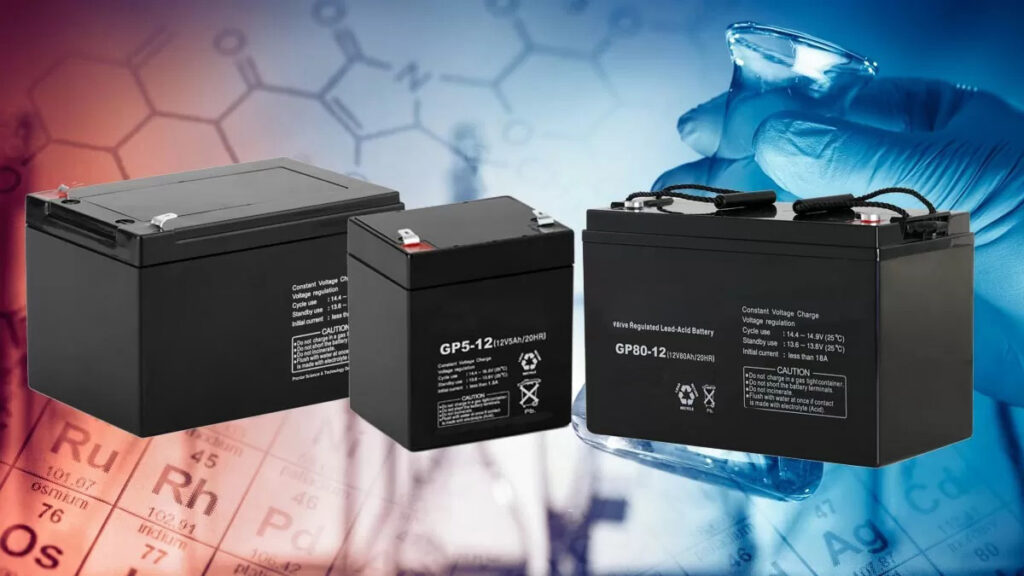The design life of lead-acid batteries can vary depending on factors such as the type of lead-acid battery, the specific application, and the operating conditions. However, in general, lead-acid batteries are designed for a service life of about 3 to 5 years under typical operating conditions.
- Flooded Lead-Acid Batteries: These are the most common type of lead-acid batteries, and they are often used in automotive applications and uninterruptible power supplies (UPS). Flooded lead-acid batteries typically have a design life of 3 to 5 years.
- Valve-Regulated Lead-Acid (VRLA) Batteries: These batteries, which include absorbed glass mat (AGM) and gel batteries, are sealed and maintenance-free. They are commonly used in applications such as backup power for telecommunications, renewable energy storage, and medical devices. VRLA batteries typically have a design life of 5 to 10 years.
- Deep-Cycle Lead-Acid Batteries: These batteries are designed for applications where they are regularly discharged and recharged, such as off-grid solar systems, electric golf carts, and forklifts. Deep-cycle lead-acid batteries typically have a design life of 5 to 10 years.
It’s important to note that the actual lifespan of a lead-acid battery can be influenced by factors such as temperature, depth of discharge, charging and discharging rates, and maintenance practices. Proper maintenance, such as regular inspections, equalizing charges, and keeping the battery within its recommended temperature range, can help extend the lifespan of a lead-acid battery.


